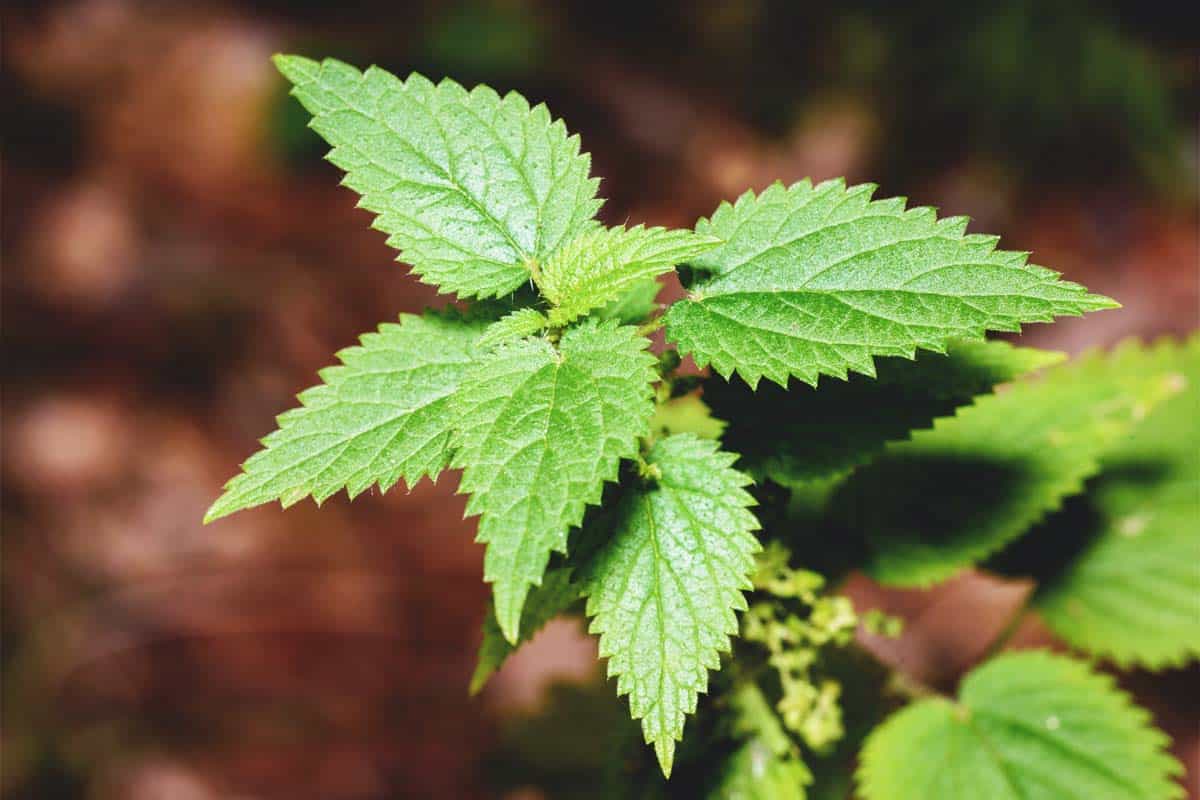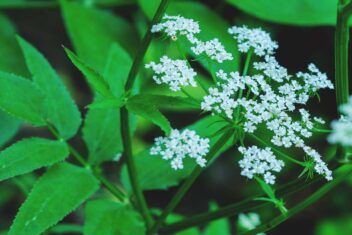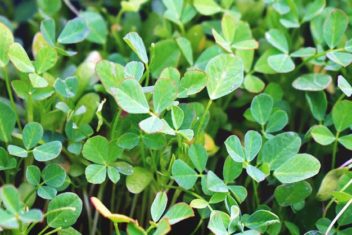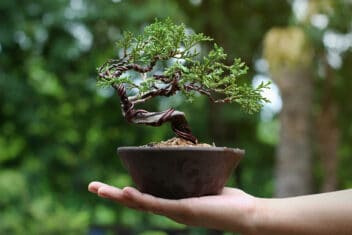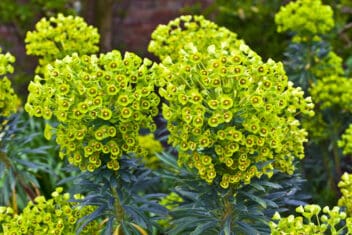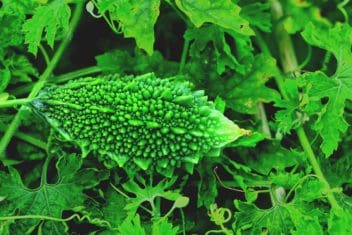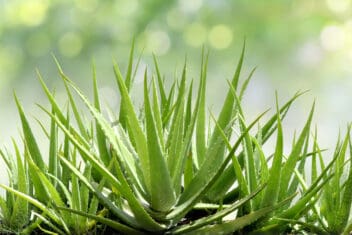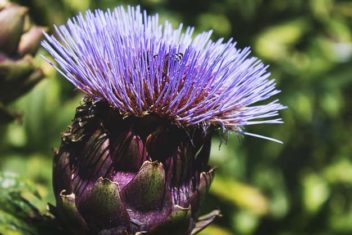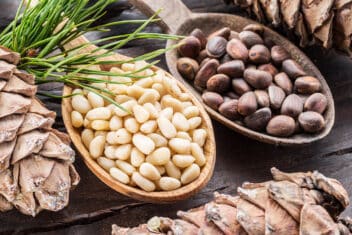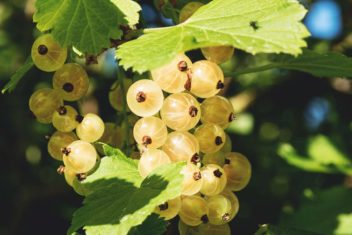Stinging nettle has two sides: On one hand, it stings you, leaving your skin hurting and numb. The other is a nutritional powerhouse with tons of uses. That’s why, if it doesn’t appear on your property naturally, you might want to try growing nettle.
Most people never consider growing nettle because it often appears exactly where you don’t want it. Plus there’s that whole stinging thing. But nettle attracts tons of beneficial insects, is tasty in the kitchen, and has several proven medicinal uses.
You really should give this wonder herb a chance, so here’s how to get started:

What is Nettle?
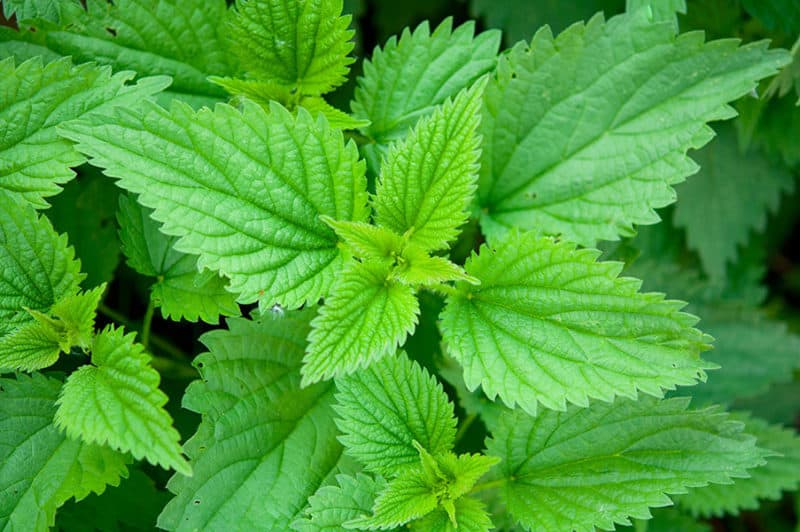
Nettles, Urtica spp. are herbaceous, fast-growing plants native to the U.S. and Europe. Stinging nettle, Urtica dioica, has leaves and stems with tiny, hollow, tipped hairs. It’s is native to most parts of the United States and Canada.
There are many other varieties of nettle that you can grow, but stinging nettle is the most common. It’s a relative of mint plants, so it shares the same invasive quality. You have to manage these plants, or they’ll take over your enter garden bed in a blink of an eye.
There are several sub-species of nettle, including U. gracilis, known as slender nettle, which has slightly slimmer leaves. U. holosericea is commonly called hoary stinging nettle. U. galeopsifolia lacks the stinging hairs. It comes from Europe.
Urtica dioica var. dioica is also a European variety that has naturalized in many parts of the U.S. It was introduced in the 1800s, probably as a source of medicine, food, and material.
Planting Nettle in Your Garden
Let’s take a look at what you need to know about growing nettles. It’s fairly simple.
Pick the Right Spot in Your Garden
Nettle grows almost anywhere, which you know if you’ve battled it as a weed. It does well in an area that has plenty of sunlight, but it also does well with partial shade.
You should pick a spot with the future in mind. Nettles are a hardy perennial plant that can easily become invasive. Expect it to spread, and pick a location that you don’t mind if it happens to spread around.
If there isn’t any area that you would be okay with the plant spreading, it would be better to grow nettle in containers or raised beds where they can be confined.
You can expect your plants to grow about 4 feet tall, so keep that in mind as well.
The stinging hairs on nettle are meant to stop animals from eating them, but they also can sting humans, so don’t plant it near a walkway. It’s a smart idea to grow stinging nettle near plants that you don’t want deer and other critters to eat.
Prepare The Soil for Nettles
Nettles aren’t too picky; they show up everywhere after all! That doesn’t mean you should plant them without properly preparing the soil.
Pick an area that has rich soil and plenty of moisture. Work in plenty of well-rotted manure or compost to your soil before planting to add the nutrients needed.
Nettle tolerates soil with a wide range of pH levels. It can live in soil from 5.0 to 8.0.
Start the Nettle Seeds Indoors
It’s best to start the seeds indoors 4-6 weeks before the final frost date in your region. Peat pots work great for nettles.
Plant 1-3 seeds in a pot that is filled with a good quality potting soil. Cover the seeds with 1/4 inch of soil, and be sure to keep the soil wet. Stinging nettle seeds need to be kept moist to germinate, which takes 10-14 days on average.
Before puttingt them in the garden, harden them off for a week. When transplanting nettle seedlings, they need to be spaced at least 12 inches apart.
Planting Nettles in the Garden
If you don’t want to start seeds indoors, you can direct sow nettles into your garden beds. You’ll need to do so after the final frost date since stinging nettle doesn’t like cold weather.
Once you have your location selected, all you need to do is create a trench in the soil about 1/4 to 1/2 inch deep with your gardening knife or shovel. Sow the seeds in the row, making sure to keep the seeds an inch apart. Cover the seeds back with soil and be sure to keep moist.
Once the seeds sprout and are a few inches tall, thin the seeds to 8-12 inches apart.
Try Dividing Nettles
If you have nettles growing somewhere that you don’t want them or have a friend with a nettle patch, try digging up a few of the plants in late fall. Then, you can replant the nettles wherever you want them to end up.
Taking Care of Nettle in Your Garden
Keeping nettle alive usually isn’t a problem. Remember, it grows as a weed and people struggle to kill it. It’s one of those herbs that seems to thrive on neglect.
Keeping Your Soil Moist
Moisture is a big part of growing and caring for nettle in your garden. Dry soil will cause your plants to struggle, and they might lack flavor or potency as an herbal remedy.
Make sure that you keep the soil moist until you’re done harvesting. After you stop harvesting, the plants will take care of themselves.
Mulch, Trim and Fertilize your Plants
Since nettle likes moist soil, incorporating leaf mulch around your plants can be a great idea. Mulch helps to retain soil moisture, especially during dry spells.
If your soil is low in phosphorous, you may need to add some from time to time. Nettles need nurtitious soil.
Cut off the flowering seed heads when they form, which will encourage a better crop next year. It helps because your plant won’t be devoting so much attention and energy to seed production.
Cutting the seed heads also reduces the risk of the nettles spreading where you don’t want them.
Letting Your Plants Go Dormant
Remember that nettles are a perennial plant, so they come back each spring. After you remove the stalks, let the plants decompose back into the ground. Doing so adds nutreints back in the soil.
Keep it Under Control
While nettle is an incredibly useful plant to keep around, it can also get a bit rambunctious in the garden. It spreads via rhizomes and wind-dispersed seeds.
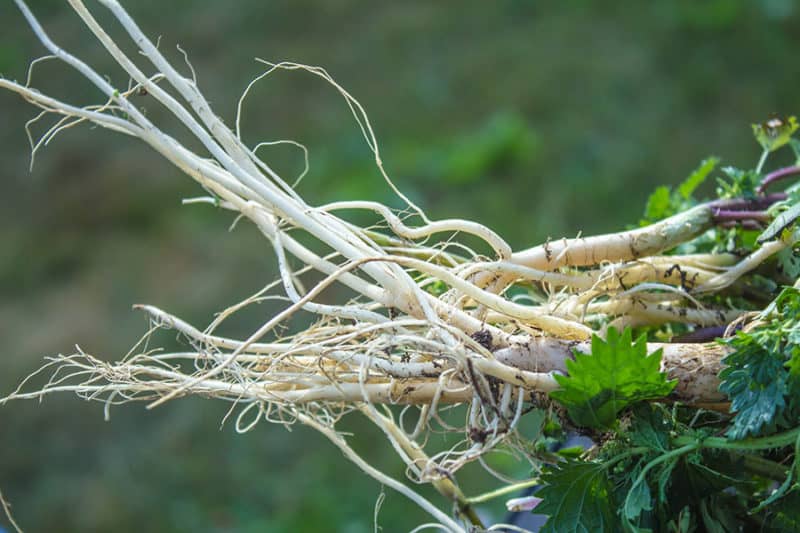
Thanks to that robust underground root network, you can’t just tug nettle out of the ground when it shows up where you don’t want it. It will pop back up. A better option is to till the soil frequently because nettle doesn’t do well in disturbed soil.
You can also poison nettle with herbicides containting isoxaben, oxadiazon, and oxyfluorfen, but you’ll need to hire a licensed contractor.
Companion Plants for Nettle
Grow nettle around vulnerable plants that suffer from pest infestations. Try planting them near crops that suffer from frequent aphid attacks in particular.
A few companion plants for nettle include:
- Beans
- Tomatoes
- Cucumbers
- Roses
Pests and Diseases of Nettle Plants
Are you wondering if nettle plants have pests and diseases?
Surprisingly, they don’t! What a nice change that you don’t need to worry about problems. Not only do pests stay away from this plant (can you blame them?), but growing stinging nettle helps to reduce the pests on your surrounding crops.
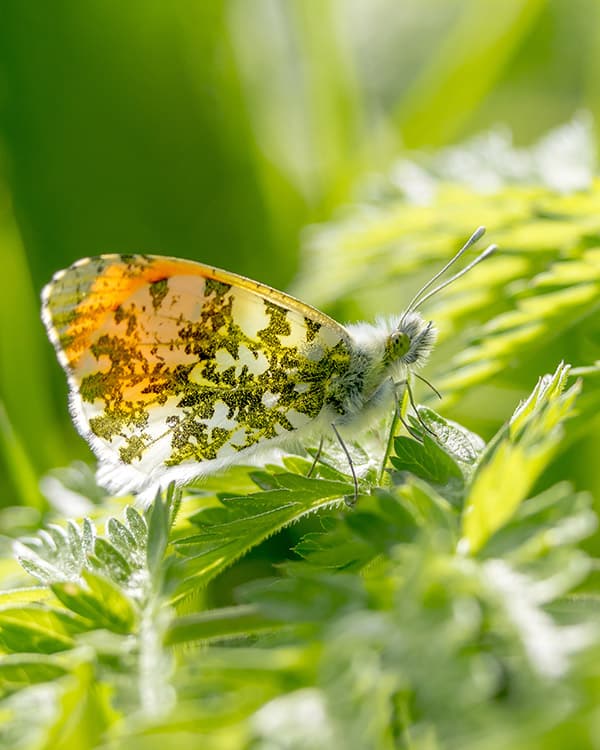
In fact, stinging nettle attracts a variety of beneficial insects and butterfly species. Around 200 to 400 beneficial insects flock to nettle plants, which is impressive.
Harvesting Nettle
Nettle takes 80-90 days to mature when you grow it from seed. The best time to harvest nettles is in the early weeks of spring when the leaves are still tender. You can harvest all year if you just take the tender top 4 leaves or so. The rest of the plant contains too much fiber.
Make sure you wear gloves and long sleeve shirts. In fact, wear some body armor to protect yourself because stinging nettle doesn’t feel good at all. The tiny hairs embed themselves into your skin, pushing chemicals into your body that cause a burning, stinging feeling that can last for hours.
That’s not an exaggeration either!
The best way to harvest stinging nettles is by using sharp scissors or garden shears. Then, use tongs to handle the nettles. Cooking stinging nettle gets rid of the stinging hairs.
Preserving Nettle Plants
You can consume the leaves fresh, but if you want to preserve the nettle plants to be consumed or used later, there are a few things that you can try.
Fresh nettle leaves can be stored in the refrigerator for 2-5 days. They need to stay in a closed container.
The most common way to preserve nettle is by dehydrating and drying it. You can hang leaves in small bunches to dry over a period of several weeks. Typically, you want to bundle 6-7 stems and hang them from a dry, dark place. How long it takes to dry does depend on your location and the humidity.
Another option is to dry herbs in a dehydrator on the lowest temperature setting that is possible, typically 95°F for 12-18 hours.
Then you can cook them in water to add moisture back in.
How to Use Nettle
Nettle has been used by farmers to boost growth and immunity in chickens for years. It’s also used to deal with intestinal disorders in ruminants.
In humans, it appears to act as an anti-inflammatory, anti-allergy, and antioxidant. It’s used to treat urinary tract infections and allergies. Some studies indicate that it can also relieve pain. That’s pretty impressive for a so-called weed.
The fibers of the plant can be used similar to hemp and flax and can be used to make rope, cloth and paper.
Stinging nettle leaves should be cooked or dried before eating and they can be used much like spinach. Put it in eggs, soup, sauces, pesto, pizza, or pasta.
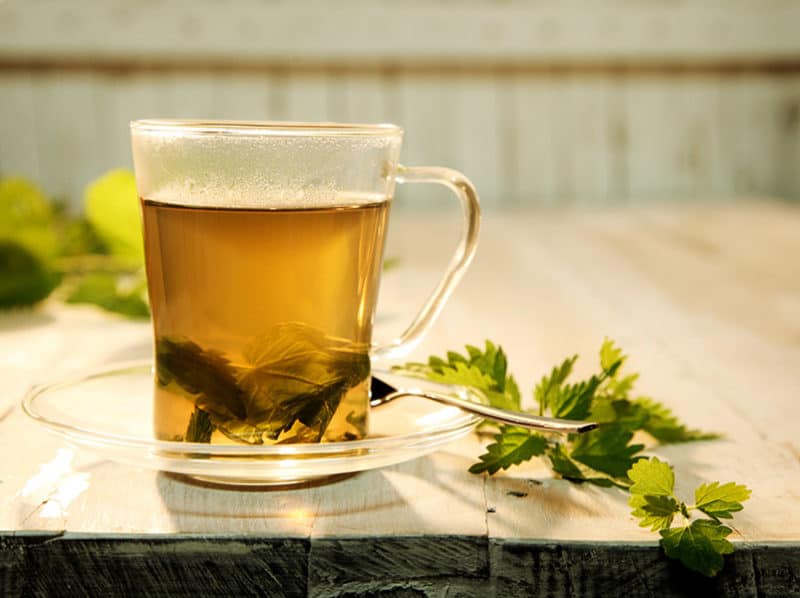
You can also make a refreshing and healing tea out of the leaves.
